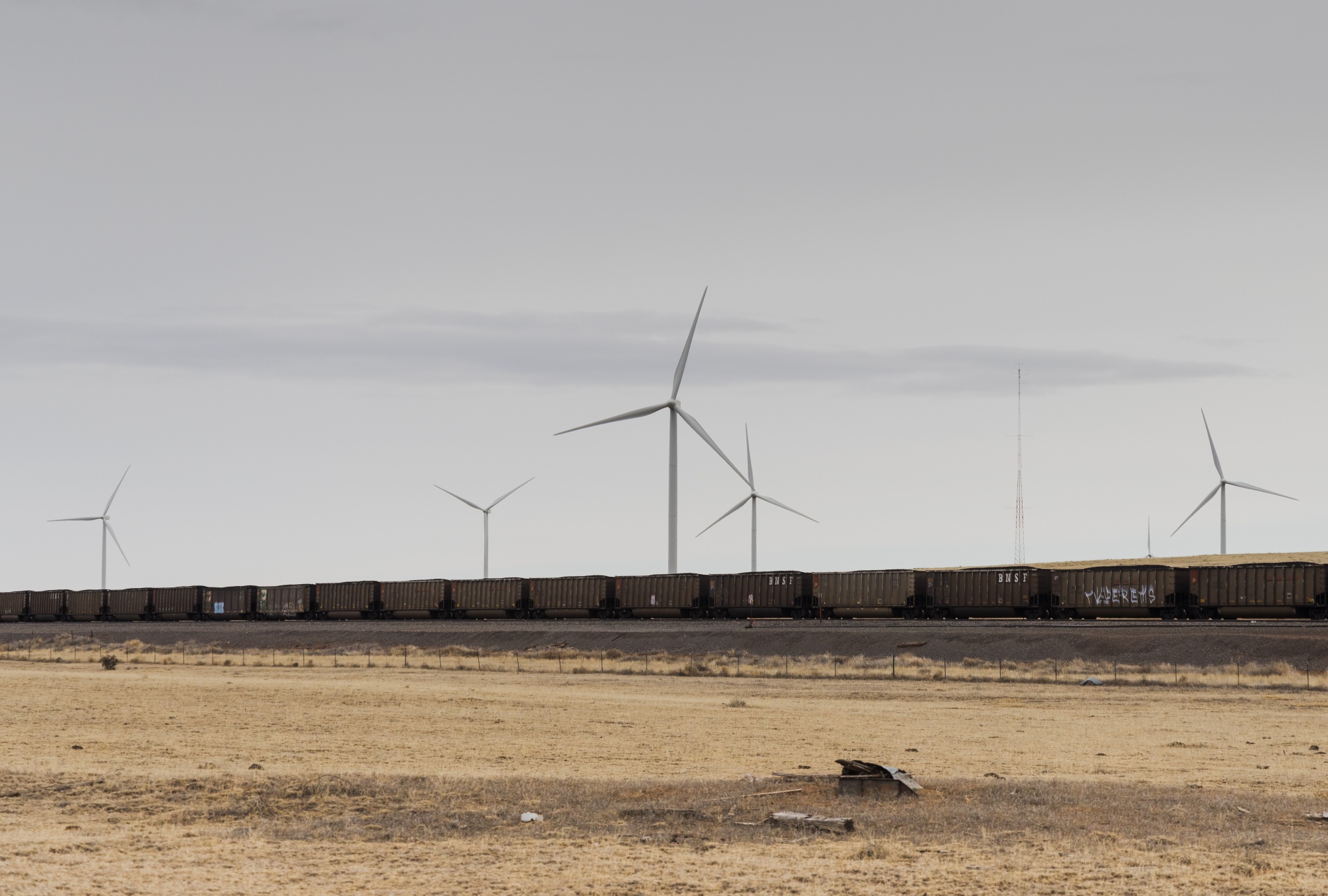US Wind Power Is Slowly Making a Comeback After Hitting Rock Bottom
(Bloomberg) -- After hitting its lowest point in almost a decade last year, the US onshore-wind sector is slowly spinning back to life.
Prospects are improving thanks to new tax credits and stronger demand — and as developers work to overcome a cloud of challenges including inflation, higher borrowing costs and supply-chain kinks. In 2023, those obstacles limited US onshore installations to just 7 gigawatts, according to BloombergNEF, down from a peak of 17 gigawatts in 2020 and the smallest amount of new wind energy built on US soil since 2014. The same issues continue to thwart the fledgling, though higher profile, offshore wind industry.
Last year was also marked by the US onshore sector’s struggle to make sense of the landmark Inflation Reduction Act, which was intended to quickly accelerate new wind and solar development.
“We’re hitting the bottom,” said Aaron Barr, global head of onshore wind at consultancy Wood Mackenzie. “2023 was a bit of a reload and reset year, but the promise for onshore wind is very high.”
Wind farms are a crucial part of the effort to purge planet-warming carbon emissions from the US electric grid. President Joe Biden has set a target of delivering 100% clean electricity by 2035, but any slowdown in the construction of new wind farms will make reaching that ambitious goal much harder.

The 2022 passage of the IRA, which includes generous tax credits for wind developers, followed a gradual phase-out of other federal tax credits for wind power that had contributed to a decline in new projects. But uncertainty about how the IRA’s credits would be applied, as well as wage and supply-chain requirements — and the years-long lag between concept and commissioning — meant the law didn’t lead to a spike in wind builds the following year.
“Before the IRA a lot of projects went dormant,” said Atin Jain, an analyst at BNEF. “We’ve seen a complete turnaround from developers.”
This year, BNEF expects wind developers to install 8.4 gigawatts of onshore wind in the US, a figure that will keep climbing each year and is expected to reach nearly 20 gigawatts in 2030. (One gigawatt is about the amount of electricity generated by a big power plant; depending on local conditions, it can power hundreds of thousands of homes.) Wood Mackenzie analysts expect similar growth.

The IRA’s long-range certainty is a boon for companies that find land and erect turbines. “When you talk about a project like SunZia or Chokecherry, projects that take 10 years to develop, having that certainty is make-or-break,” said John Hensley, head of research at the American Clean Power Association, an industry group, referring to huge wind developments in New Mexico and Wyoming.
The IRA also bolsters developments in energy communities, a term that refers to areas with high fossil-fuel activity, high unemployment or where coal mines or coal-fired plants have shuttered, noted Miguel Stilwell d’Andrade, chief executive officer of EDP-Energias de Portugal SA, the fourth largest wind operator in the US.
D’Andrade also said the extension of tax credits through 2030 provides more confidence for developers. (Previous tax credits were for shorter periods of time.) “We believe it will accelerate substantially the energy transition that was already under way by creating a stable and favorable investment environment," he said in an email.
As the US wind industry starts to shift into a higher gear, the big manufacturers who build turbine blades and towers are eagerly eyeing the opportunity. SunZia in New Mexico, billed as the largest clean energy project in US history, secured $11 billion of funding in the last days of 2023 and started construction, providing two manufacturers with their largest US orders ever.
Vestas Wind Systems A/S, the world’s largest wind turbine maker, sold the SunZia project enough turbines to generate 1.1 gigawatts of electricity per year. The deal followed the Danish company’s commitment to spend $40 million expanding and updating its two factories in Colorado, which will manufacture a 4.5-megawatt turbine and hire up to 1,000 local workers.
General Electric Co. will sell the SunZia project almost 700 turbines, enough to make more than 2.4 gigawatts of power.
“I believe the market is reset in a way that it can move forward,” said Vic Abate, CEO of GE’s onshore wind business. “IRA policies clearly provide a backdrop that has made the market more predictable and more investable.”
The prospects for US wind farms offshore, however, remain uncertain. The country’s nascent offshore industry is struggling to adjust to inflation, supply-chain issues and other factors that have driven up costs. Many projects are in jeopardy as developers are forced to recalculate the figures for proposals originally modeled years ago, with some delayed or even canceled.
“Development is slower than anticipated, but that also allows room for some adjustments that might be beneficial for the sector in the long run,” said Aegir Insights senior research analyst Signe Sørensen. Those benefits could include power contracts that protect against inflation and better planning for the transmission that will bring the electricity ashore.
Back on land, the US wind industry spent last year focused on digesting the IRA and waiting for guidance on how to interpret the bill’s many complex provisions, said Craig Cornelius, CEO of renewables developer Clearway Energy Group. “A lot of that’s done now,” he said. “You’ll see a spurt of new IRA-enabled wind get started this year and finished in 2025 and 2026.”
(Story updates with quote from EDP chief executive officer in the eleventh paragraph.)
©2024 Bloomberg L.P.





